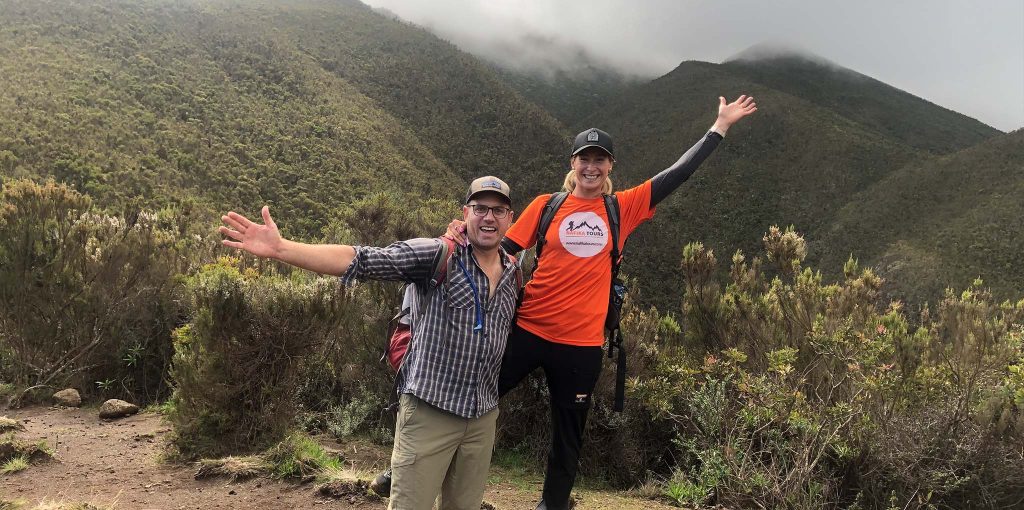- 2 Days Safari
- 3 Days Mt. Meru Climbing
- 3 Days Safari
- 3 Days Zanzibar.
- 4 Days Mt. Meru Climbing
- 4 Days Safari
- 4 Days Zanzibar.
- 5 Days Marangu Route
- 5 Days Safari
- 5 Days Zanzibar holiday
- 6 Days Lodge Safari
- 6 Days Machame Route
- 6 Days Marangu Route
- 6 Days Umbwe Route
- 7 Days Lemosho Route
- 7 Days Machame Route
- 7 Days Rongai Route
- 7 Days Tanzania Safari
- 8 Days Lemosho Route: Conquer Kilimanjaro’s Most Scenic Trail
- 8 Days Northern Circuits Route
- About us
- blog
- Blog2
- Chagga Tour
- Coffee Tour
- contact us
- DayTrips
- FAQS
- Home
- Hot Air Ballon safari
- Kilimanjaro Joining Groups
- Kilimanjaro Joining Groups old
- Kilimanjaro Packing List
- Marangu Day trip
- Materuni water fall
- Mount Kilimanjaro Climbing
- Mount Kilimanjaro Reviews & Testimonials
- Mount Meru
- Mt.Climbing
- Nafika Tours Term and Conditions
- Our Story
- page
- Safari
- Sample Page
- sustainability and community development
- what is the Tanzania safari
- Zanzibar
ALTITUDE SICKNESS ON THE MOUNTAIN
Altitude sickness, also called Acute Mountain Sickness (AMS), is an illness caused by exposure to low air pressure; especially low partial pressure of oxygen, which many climbers experience at high altitudes.
There are a number of practical steps that you can take to minimize the chances of having to abandon your climb of Kilimanjaro due to the effects of altitude sickness:
ACCLIMATIZE PRIOR TO THE CLIMB.
This is easier said than done if you live at sea level but if you are able to spend time at high altitude prior to the actual Kilimanjaro climb then this is the very best way to avoid altitude sickness.
Starting the climb in the best possible health and with an excellent level of physical fitness is imperative. If you are fatigued, unwell, or stressed you are more likely to suffer from altitude seconds. If you want some recommendations on how to prepare your body for the climb feel free to reach out to Nafika Tours and we will be happy to help you.
SLOW AND STEADY.
You need to keep your respiration rate low during the climb you should be able to maintain a normal conversation. If you are panting or breathing hard, you must slow down. Overworking your heart and lungs substantially increases your chance of becoming ill.
ASCEND SLOWLY
Your guides will tell you “pole pole (slowly slowly) throughout your climb. Because it takes time to acclimatize, your ascension should be slow. You will make slow and steady progress each day to allow for a successful summit, what we want you to achieve.
CLIMB HGH SLEEP LOW. Climbing to a higher altitude during the day and then sleeping lower allows for better acclimatization. Most routes comply with this principle and additional acclimatization hikes can be incorporated into your itinerary.

DRINK MUCH WATER AS YOU CAN.
Getting up in the middle of the cold night may be an unpleasant thought but altitude dehydrates you and the better you hydrate the quicker your body is able to acclimatize.
Even though you may not feel like it, you should eat as much as you possibly can at every meal. This will give you plenty of energy and help you to feel great. I find it also helps me to keep warm and sleep well at night, maybe with an extra layer of clothing.
SLEEP WELL.
Sleeping well in a tent is an acquired skill. Spend a few nights out in a tent with a sleeping bag prior to your climb so that you are prepared for the routine, and that your body is accustomed to sleeping in a sleeping bag on a hard surface.
DIAMOX
Diamox is the prescription name for the generic drug acetazolamide. And, though acetazolamide is prescribed for the medical treatment of glaucoma, sleep apnea, epilepsy, and hypertension, it’s also used to prevent altitude sickness. You should consult with your doctor before taking it and let your Nafika representatives know if you are planning on taking it during your climb.
RELAX
Relax and think positively. Although not pleasant, the vast majority of people suffer only mild altitude sickness. Do not think that every headache is cerebral edema and that every cough pulmonary edema as this is very unlikely. By relaxing and enjoying the climb you are far more likely to have a trouble-free experience.
DAILY HEALTHY CHECKS
Our Nafika tour guides are all experienced in identifying altitude sickness and dealing with the problems it causes with climbers. They are continuously watching you and speaking with you throughout the climb. Twice daily, in the morning and evening, our guides will contact health checks.
We are safety-focused!!!
Your health is our first priority!!!
- GET TO KNOW MORE
MOST POPULAR KILIMANJARO PACKAGES
MOST POPULAR SAFARI PACKAGES
CONTACT US
- P.O. Box 1869, Moshi, Tanzania
- +255 753 118 725
- +255 753 118 725
- mailto:nafikatours@gmail.com
